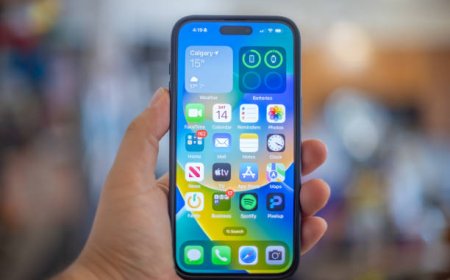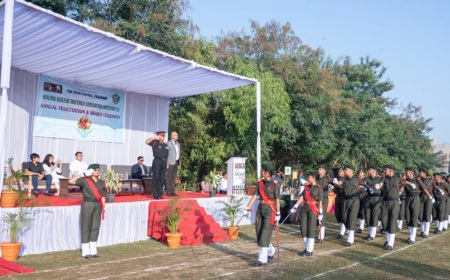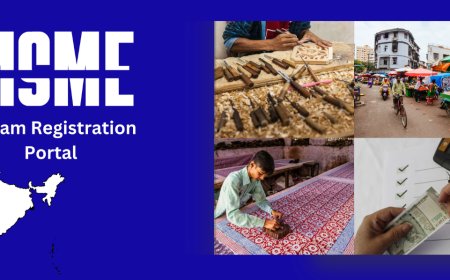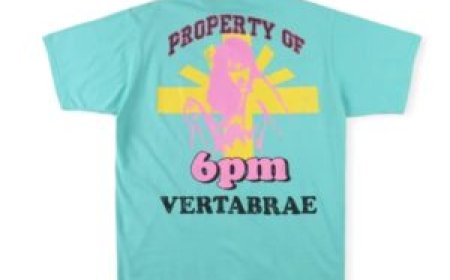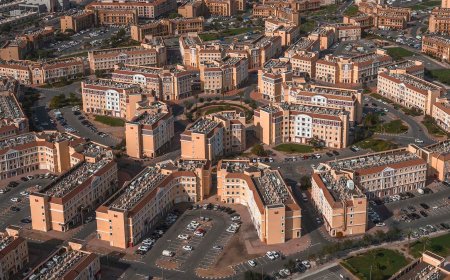What Are the Steps to Get US Permanent Residency Easily?

For many around the world, gaining US permanent residencyoften called a green cardis a major dream. It opens doors to live, work, and build a future in the United States. But the journey can seem confusing if you're not familiar with the steps. Whether you're seeking better job opportunities, reuniting with family, or just looking for stability, understanding the process clearly can make things smoother.
This guide explains the process of US permanent residency in simple terms. No legal jargon, just the basics you need to know.
What is US Permanent Residency?
US permanent residency allows someone from another country to legally live and work in the United States indefinitely. It's not the same as being a citizen, but it gives you many rights such as working for any employer, owning property, and traveling more freely. You also have a path to apply for US citizenship after a few years, depending on your category.
Main Ways to Get US Permanent Residency
There are a few common paths to become a permanent resident in the US:
-
Family-Based Green Cards
-
Employment-Based Green Cards
-
Diversity Visa Lottery
-
Asylum or Refugee Status
-
Special Categories (such as U.S. military service)
Lets go over these in a bit more detail.
1. Family-Based Green Cards
One of the most common paths. If you have a close relative who is a US citizen or permanent resident, they may sponsor you. Examples include spouses, parents, children, and sometimes siblings.
-
Immediate relatives (like spouses or parents) have a quicker process.
-
Other relatives may face longer wait times due to visa limits.
2. Employment-Based Green Cards
This is for people with job offers in the US, specialized skills, or business investors.
There are five categories:
-
EB-1: For people with extraordinary skills or achievements.
-
EB-2: For professionals with advanced degrees.
-
EB-3: For skilled workers and professionals.
-
EB-4: For special groups (like religious workers).
-
EB-5: For investors who create jobs in the US.
Each category has different requirements. For example, EB-5 needs a certain amount of money invested in a US business that creates jobs.
3. Diversity Visa Lottery
Every year, the US runs a lottery program for people from countries with low immigration rates. Around 50,000 green cards are given through this lottery.
-
You must meet education or work experience requirements.
-
Its free to apply.
-
Winners must still go through background checks and interviews.
4. Refugees and Asylum Seekers
People who come to the US fleeing danger or persecution in their home country can apply for asylum or refugee status. After one year, they can apply for a green card.
This path requires proof of real threats in the home countrysuch as political, religious, or ethnic persecution.
5. Special Categories
These include people who:
-
Served in the US Armed Forces
-
Worked for international organizations
-
Are victims of abuse or human trafficking
Each special category has its own rules and steps. Many people overlook these options, but they can be important for those who qualify.
How to Apply for US Permanent Residency
Heres a general breakdown of the steps:
Step 1: Check Eligibility
Before applying, make sure you qualify under one of the categories. Talk with an immigration consultant if you're not sure.
Step 2: Get a Sponsor or Employer
Most categories require someone to sponsor youeither a family member or an employer. They will file a petition for you.
Step 3: File a Petition (Form I-130 or I-140)
This form depends on your category:
-
Form I-130 is for family-based applications.
-
Form I-140 is for employment-based applications.
The sponsor submits this to US Citizenship and Immigration Services (USCIS). Once approved, you move to the next step.
Step 4: Wait for a Visa Number
There are yearly limits on green cards. You may need to wait for your priority date to become current. Immediate relatives dont have to wait, but other categories might wait months or even years.
Step 5: Apply for a Green Card (Form I-485)
Once a visa number is available, you can file Form I-485 if you're already in the US. This is the official application for permanent residency.
If you're outside the US, you'll do Consular Processing, which means attending an interview at a US Embassy or Consulate in your country.
Step 6: Attend Your Interview and Biometrics Appointment
Youll be asked to give fingerprints and attend an interview. This is where they review your background and documents. If everything checks out, youre approved.
Step 7: Receive Your Green Card
Once approved, your green card will arrive in the mail. Congratulations! You are now a US permanent resident.
How Long Does It Take?
The timeline depends on your category and your country of origin. Heres a rough idea:
-
Family-based (immediate relatives): 612 months
-
Family-based (non-immediate): 110 years
-
Employment-based: 13 years
-
Diversity visa: 12 years
-
Asylum/refugee: At least 1 year after entering
Benefits of US Permanent Residency
Here are some key benefits:
-
Live and work anywhere in the US
-
Sponsor relatives for green cards
-
Access to some public benefits
-
Travel in and out of the US more easily
-
Path to US citizenship
Responsibilities of a Green Card Holder
Along with the benefits, there are some responsibilities:
-
File US taxes each year
-
Follow all US laws
-
Carry proof of residency
-
Renew your green card every 10 years
-
Avoid long trips outside the US (more than 6 months) without reentry permits
How to Protect Your Status
Make sure you:
-
Dont commit crimes or immigration fraud
-
Dont stay out of the US for too long
-
Renew your green card on time
-
Apply for US citizenship when eligible, if you want even more security
Conclusion
Getting US permanent residency may seem like a big process, but its absolutely doable with the right information and support. Whether its through family, work, investment, or other legal options, many people successfully become permanent residents every year.
Start by understanding your eligibility, gather your documents, and take one step at a time. The dream of building a life in the United States might be closer than you thinkwith patience and persistence, your green card could be the start of something new.
